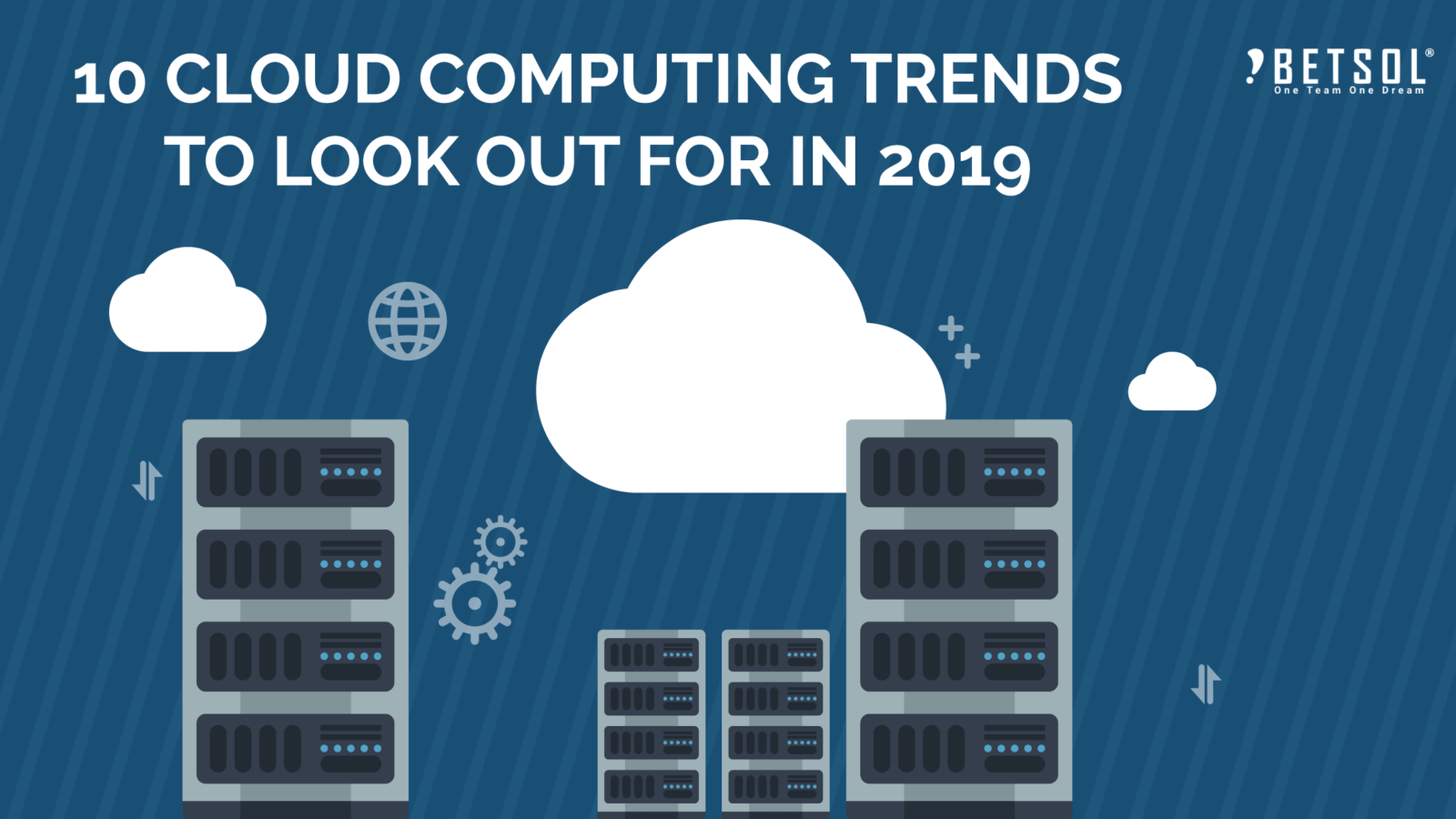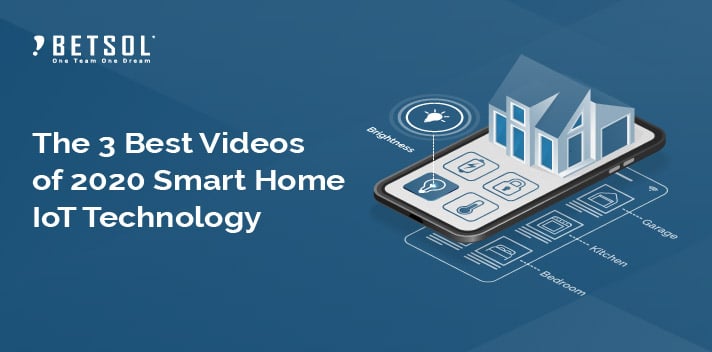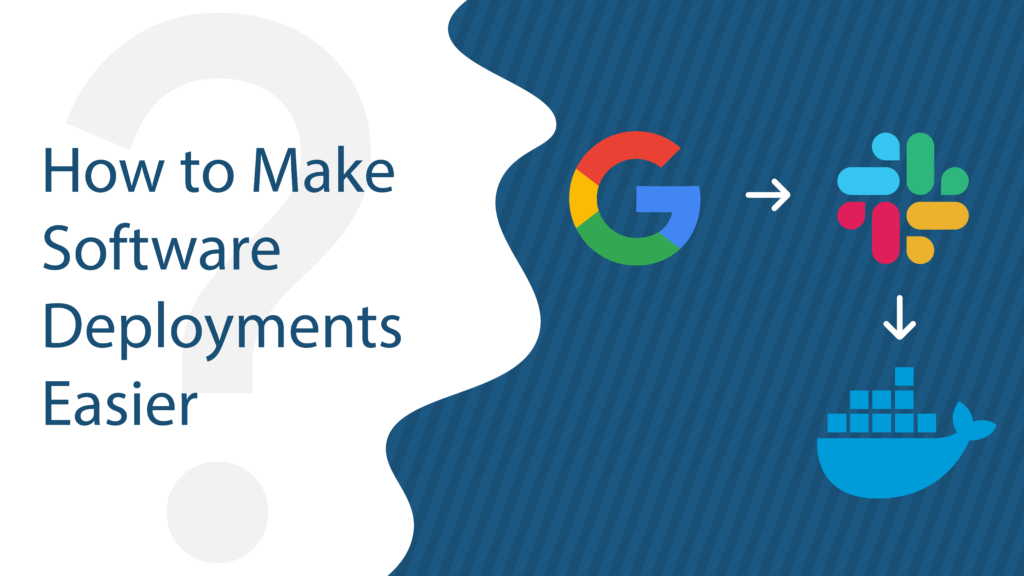Up until quite recently, many thought that cloud computing was just another fad, doomed to fade away like so many other technology fads. It generated a lot of talk and excitement but wasn’t offering anything of value that would make it a lasting factor. Today, however, the cloud is here and cloud computing companies and analysts have all agreed that it’s a big game-changer when it comes to the IT landscape. It has significantly impacted the way we build data centers, how we deploy software, how we upgrade tools, and more.
IT plays a significant role in the way business is conducted today, so it goes without saying that the trends in cloud computing is also changing the ways in which companies are operating at a fundamental level. Companies of all shapes and sizes in various industries are using software, platforms, and infrastructure that’s cloud-based, enabling them to streamline their work, make their IT processes less complicated, reduce costs, and have better visibility.
With yet more change on the horizon as the technology expands and develops, we need to step back and consider what the future of cloud computing will look like. We’ve identified 10 trends that we think will be meaningful this year and going into the future.
1. Cloud Computing will Grow Exponentially
Unlike what analysts predicted years ago, we can all agree now that cloud computing is definitely here to stay. In addition to the massive gains it made over the last few years, we can see that cloud computing trends is set to experience an even bigger growth. Today, nearly a quarter of companies rely on cloud-based applications, and many of them want to expand their use of it even more. Peter Thompson, a data analyst at Origin Writings and the PhD Kingdom, shares that “in dollar terms, we can see the growth in cloud computing: in 2008, the global revenue of cloud services sat at $46.4 billion – 5 years later, in 2013, it reached $150 billion, more than 225 percent increase. When we look at those numbers, it becomes clear that cloud computing is the future technology of choice for companies all over the world.”
2. Cloud Computing will Go Mobile
Mobile devices like smartphones and tablets are incredibly popular now, and this is just going to get more pronounced with time, as will their impact on businesses. Instead of working from an office, many people can work remotely from almost anywhere with their mobile devices. Because of this flexibility, we’re therefore seeing a rise in cloud computing to permit mobile flexibility. Cloud-based applications give us access from anywhere at any time and that’s exactly what employees on the move require. They can simply log into an application with their smart device and work on the cloud instead of going into a physical office. We’re seeing that an increased number of companies are acknowledging the benefits of cloud computing applications for mobile users to run their businesses.
3. Cloud Computing will Go Global
It’s true that you could argue that the cloud is already global because companies worldwide are using tools that are cloud-based for their day to day business. However, this will undergo even more changes as the cloud services grow and evolve, and we will see even more communication and collaboration within businesses and organizations no matter the location or size. This means that an increased number of systems will be able to operate without issues across countless locations by giving businesses varied capabilities such as multi-currency financial systems and multi-language interfaces, just to name a couple.
4. The Rise Of “Frictionless” Companies
The cloud is the perfect solution to eliminate barriers in a company, whether they are internal barriers such as those between divisions and departments or employees, or external barriers like the ones that exist between a business’ clients and the customer service team. This is possible because cloud computing companies facilitates access to information that is more accurate and improves communication between parties. When these obstacles cease to exist, there are no longer friction points that traditionally would slow a company down. Things like automated supply chains and real-time data via dashboards are cloud-based tools that are becoming more popular within companies and are making them “frictionless.”
5. More Collaboration Due to Social Tools
Not only are cloud-based applications more flexible than the more traditional software located on-site, but they also have the potential to be more social. This matters because the users of today’s technologies have an expectation that social tools are embedded all around them, like chat and micro-blogging, to ease communication and collaboration. As people become more and more used to having these tools and increasingly rely on them over more traditional social tools like email, customers will be looking for those options to communicate with businesses, or employees will want them for internal communication in the organization.
6. Hybrid Cloud Solutions
The go-to business model in the future will be a hybrid cloud or multi-cloud solutions. Organizations will no longer want to rely on the public cloud for their business solutions and it can be difficult to move all their data to the cloud, especially if they have strict requirements. The hybrid cloud model gives companies a solution for a transition that merges on-site infrastructure as they have now with both open and private cloud solutions. This allows companies to move towards cloud technology at a slower pace while protecting their data and continuing to be effective. As Amy Farraway, an IT consultant at Australia2Write and Next Coursework explain, “multi-cloud is a logical evolution because users can control and run their data or applications based on the technical requirements they choose. This means that you can have many different clouds that are either connected or separate, and we’ll see this happening more and more.”
7. Cloud Security and Disaster Recovery
There is a big percentage of cloud budget that goes toward backup and disaster recovery solution, which means that public cloud providers have a big shared responsibility. Public cloud providers such as Google Cloud, Amazon Web Services, and more are responsible for the backup and disaster recovery solutions as well as the security of the cloud infrastructure, whereas the users are only in charge of their own data protection and compliance. Security concerns are on the rise and the main priority of many companies, although we’re still seeing businesses moving to cloud computing without having a robust security strategy and compliance protocol in place. The introduction of GDPR (General Data Protection Regulation) will have an important impact in 2019 and moving forward so that organizations have to look at the security of their data practices.
Learn more about disaster recovery and GDPR here
8. Computing without Servers
Server-less computing is getting more and more popular and we will see this trend continue in the future. This is when cloud users request a container PaaS (Platform as a Service) and the cloud supplier can charge for it if required. The customer is not required to buy or rent the service beforehand and it doesn’t need to be configured; instead, the cloud is the party that’s responsible for giving the platform, making sure it’s properly configured, and providing helpful tools to the users so they can work with the data and design applications.
9. Data Container Usage and Service Mesh
Data container usage will be easier in 2019/2020 because there are currently some confining factors. Containers are quite popular when it comes to transferring data, storing and organizing virtual objects, and are able to reliably keep the software running during the transfer of data from the system to system. The big confinement issue right now is that while containers can transport, they can only do so when a server has a compatible operating system kernel. As containers are more and more popular for cloud-based application development, we’ll see the requirement for service mesh grow more and more. A service mesh is a system layer dedicated to enhancing the service to service communication for inter-micro service applications. Service meshes assist in monitoring traffic during service discovery, routing, as well as load balancing and observability. Service meshes work at reducing the issues with containers and make networks more functional.
10. Artificial Intelligence for Big Data Processing
One of the more interesting trends to look out for is using artificial intelligence to process big data. It’s a critical upgrade in terms of business intelligence data collection and allowing us to get a big-picture understanding of business functions. AI platforms allow for more efficient, more effective, and quicker approaches for collaboration with data scientists and other employees. It’s also a great way for businesses to lower costs because they can automate basic tasks, reduce duplication of effort, and they can take on certain labor-intensive tasks that are expensive right now, such as copying and extracting data.
As we’ve seen here, cloud technology allows us to better manage our storage of data, the security of data, a collaboration between and within businesses and customers, and it helps small business owners improve their workflow and optimize their resources. Cloud computing is about businesses becoming more flexible, productive, and efficient by improving convenience and processes. If you’re a business owner, it’s time to look into the transition to cloud computing.
Contributor Bio:
Joel Syder, a tech coach and writer with Academic Brits, enjoys helping businesses and people learn more about the tech world and new innovations. He is interested in the future of technology and artificial intelligence and spends most of his time researching these advances.



